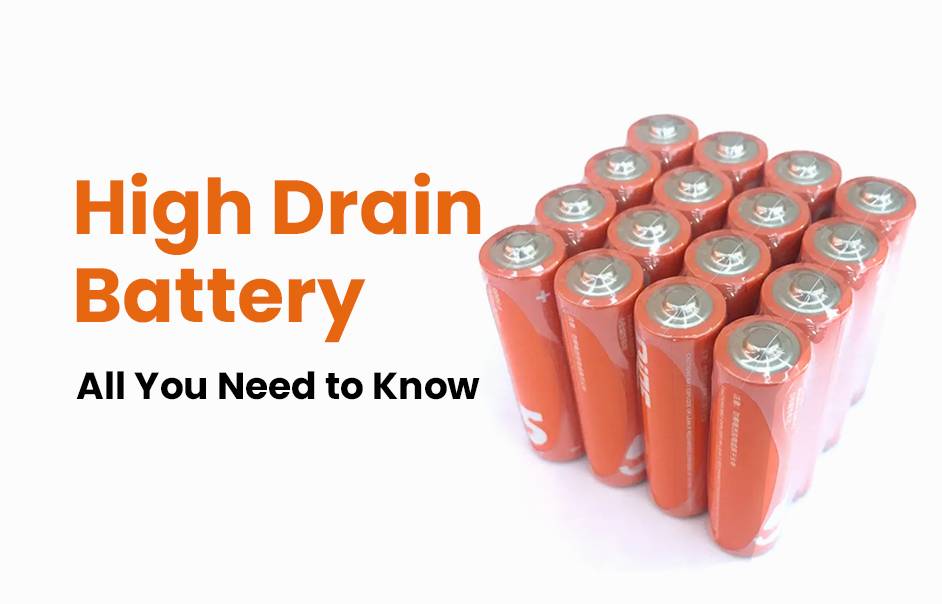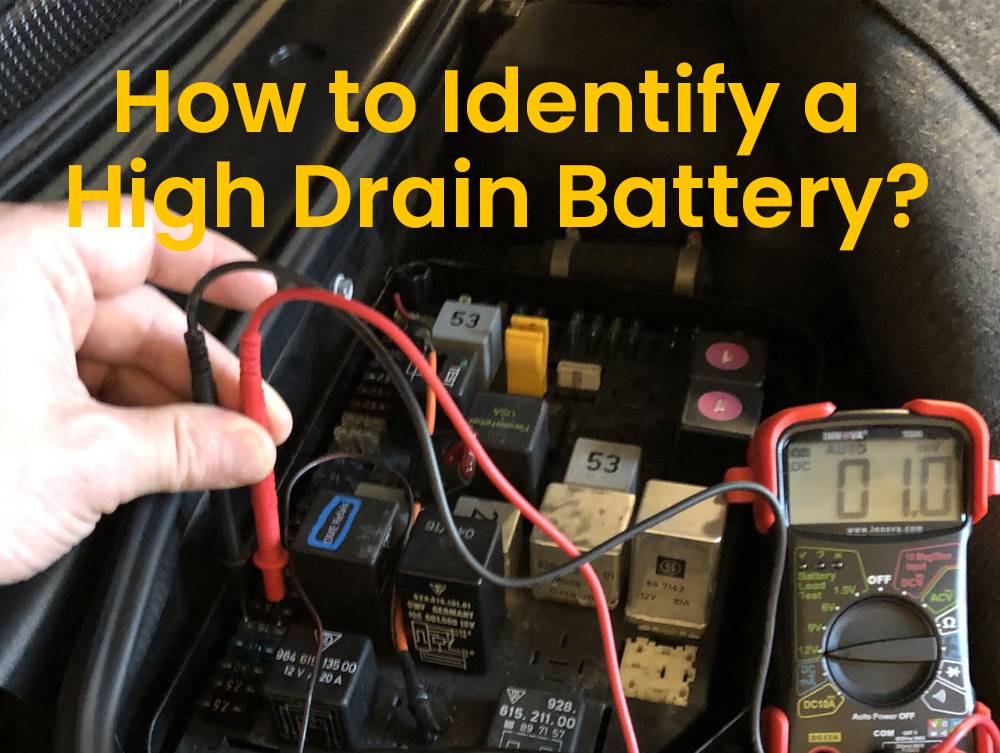- Lithium Golf Cart Battery
- Forklift Lithium Battery
-
48V
- 48V 210Ah
- 48V 300Ah
- 48V 420Ah (949 x 349 x 569 mm)
- 48V 420Ah (950 x 421 x 450 mm)
- 48V 456Ah
- 48V 460Ah (830 x 630 x 590 mm)
- 48V 460Ah (950 x 421 x 450 mm)
- 48V 460Ah (800 x 630 x 600 mm)
- 48V 460Ah (820 x 660 x 470 mm)
- 48V 500Ah
- 48V 560Ah (810 x 630 x 600 mm)
- 48V 560Ah (950 x 592 x 450 mm)
- 48V 600Ah
- 48V 630Ah
-
48V
- 12V Lithium Battery
12V 150Ah Lithium RV Battery
Bluetooth App | BCI Group 31
LiFePO4 Lithium
Discharge Temperature -20°C ~ 65°C
Fast Charger 14.6V 50A
Solar MPPT Charging - 24V Lithium Battery
- 36V Lithium Battery
- 48V Lithium Battery
-
48V LiFePO4 Battery
- 48V 50Ah
- 48V 50Ah (for Golf Carts)
- 48V 60Ah (8D)
- 48V 100Ah (8D)
- 48V 100Ah
- 48V 100Ah (Discharge 100A for Golf Carts)
- 48V 100Ah (Discharge 150A for Golf Carts)
- 48V 100Ah (Discharge 200A for Golf Carts)
- 48V 150Ah (for Golf Carts)
- 48V 160Ah (Discharge 100A for Golf Carts)
- 48V 160Ah (Discharge 160A for Golf Carts)
-
48V LiFePO4 Battery
- 60V Lithium Battery
-
60V LiFePO4 Battery
- 60V 20Ah
- 60V 30Ah
- 60V 50Ah
- 60V 50Ah (Small Size / Side Terminal)
- 60V 100Ah (for Electric Motocycle, Electric Scooter, LSV, AGV)
- 60V 100Ah (for Forklift, AGV, Electric Scooter, Sweeper)
- 60V 150Ah (E-Motocycle / E-Scooter / E-Tricycle / Tour LSV)
- 60V 200Ah (for Forklift, AGV, Electric Scooter, Sweeper)
-
60V LiFePO4 Battery
- 72V~96V Lithium Battery
- Rack-mounted Lithium Battery
- E-Bike Battery
- All-in-One Home-ESS
- Wall-mount Battery ESS
-
Home-ESS Lithium Battery PowerWall
- 24V 100Ah 2.4kWh PW24100-S PowerWall
- 48V 50Ah 2.4kWh PW4850-S PowerWall
- 48V 50Ah 2.56kWh PW5150-S PowerWall
- 48V 100Ah 5.12kWh PW51100-F PowerWall (IP65)
- 48V 100Ah 5.12kWh PW51100-S PowerWall
- 48V 100Ah 5.12kWh PW51100-H PowerWall
- 48V 200Ah 10kWh PW51200-H PowerWall
- 48V 300Ah 15kWh PW51300-H PowerWall
PowerWall 51.2V 100Ah LiFePO4 Lithium Battery
Highly popular in Asia and Eastern Europe.
CE Certification | Home-ESS -
Home-ESS Lithium Battery PowerWall
- Portable Power Stations
What You Need to Know About High Drain Batteries

High drain batteries are designed to deliver high amounts of current quickly, making them ideal for devices that require substantial power in short bursts. Commonly used in applications like power tools, drones, and high-performance electronics, understanding their characteristics is essential for effective usage.
What Are High Drain Batteries and How Do They Work?
High drain batteries are engineered to provide a significant amount of current over a short period. They typically feature lower internal resistance, which allows them to discharge energy rapidly without overheating. This capability is crucial for devices that demand high power output, such as electric vehicles, power tools, and certain consumer electronics.Chart: Characteristics of High Drain Batteries
| Feature | Description |
|---|---|
| Discharge Rate | Capable of delivering high current quickly |
| Internal Resistance | Lower than standard batteries |
| Chemistry | Often lithium-ion or nickel-metal hydride |
What Are the Applications for High Drain Batteries?
High drain batteries are utilized in various applications, including:
- Power Tools: Cordless drills and saws require high power bursts for effective operation.
- Drones: UAVs depend on high drain batteries for rapid acceleration and sustained flight.
- Flashlights: High-performance flashlights use these batteries to provide bright illumination.
- Electric Vehicles: EVs utilize high drain batteries to deliver power efficiently during acceleration.
Chart: Applications of High Drain Batteries
| Application Type | Description |
|---|---|
| Power Tools | Cordless drills, saws |
| Drones | UAVs requiring rapid power |
| Flashlights | Bright illumination needs |
| Electric Vehicles | Efficient power delivery during acceleration |
What Are the Advantages and Disadvantages of High Drain Batteries?
High drain batteries come with several advantages and disadvantages:
- Advantages:
- High Current Output: Ideal for devices that require quick bursts of energy.
- Versatile Applications: Suitable for various high-drain devices.
- Rechargeable Options Available: Many high drain batteries can be recharged, making them cost-effective over time.
- Disadvantages:
- Higher Cost: Generally more expensive than low drain alternatives.
- Limited Capacity: May have lower overall capacity compared to low drain batteries.
- Heat Generation: Can generate heat during high discharge rates, necessitating careful handling.
Chart: Advantages vs. Disadvantages
| Aspect | Advantages | Disadvantages |
|---|---|---|
| Current Output | Delivers high energy quickly | Higher cost |
| Versatility | Suitable for many applications | Limited capacity compared to low drain |
| Rechargeability | Often rechargeable | Heat generation during use |
How Do High Drain Batteries Compare to Low Drain Batteries?
High drain batteries differ significantly from low drain batteries:
- Discharge Rates: High drain batteries are designed for rapid discharge, while low drain batteries are optimized for slow and steady energy release.
- Applications: Low drain batteries are typically used in devices with consistent power requirements, such as remote controls or wall clocks.
Chart: Comparison of Battery Types
| Feature | High Drain Battery | Low Drain Battery |
|---|---|---|
| Discharge Rate | Fast discharge | Slow and steady |
| Typical Use | Power tools, drones | Remote controls, clocks |
What Safety Considerations Should Be Taken Into Account?
When using high drain batteries, safety is paramount:
- Overheating Risks: Ensure proper ventilation during use to prevent overheating.
- Proper Charging Practices: Use chargers specifically designed for high drain batteries to avoid damage or hazards.
- Storage Conditions: Store in cool, dry places away from direct sunlight or extreme temperatures.
Chart: Safety Precautions
| Precaution | Description |
|---|---|
| Overheating Risks | Ensure good ventilation during use |
| Proper Charging | Use compatible chargers |
| Storage Conditions | Keep in cool, dry places |
Tips for Battery Wholesale Buyers: How to Choose a Reliable Manufacturer?
When considering wholesale purchases or OEM orders for batteries, it’s crucial to choose a reliable manufacturer. Here are some tips:
- Research Manufacturer Reputation: Look for established companies like Redway Power, known for quality and reliability.
- Evaluate Product Range: Ensure they offer various battery types suitable for your needs.
- Check Certifications: Confirm compliance with industry standards.
For OEM orders from a reputable manufacturer like Redway Power, which has over 13 years of experience in lithium battery manufacturing, ensure clear communication regarding specifications and delivery timelines. This approach helps secure high-quality products that serve as excellent alternatives to lead-acid batteries.
Redway Power Expert Views
“Understanding the capabilities and limitations of high drain batteries is essential for anyone using them in demanding applications. By following best practices in usage and storage, users can maximize performance while ensuring safety,” states an expert from Redway Power.
FAQ Section
- What is a high drain battery?
A high drain battery is designed to deliver large amounts of current quickly, suitable for devices that require substantial power output. - What applications commonly use high drain batteries?
They are used in power tools, drones, flashlights, and electric vehicles. - Are there safety concerns with using high drain batteries?
Yes, overheating and improper charging can pose risks; proper handling is essential.













